The Inca Empire was the largest empire in pre-Columbian America. From their capital, Cuzco, in the central Peruvian Andes, the empire stretched over 2,400 miles (3860 kilometers) along the length of the Andes (modern-day Bolivia and Peru to Argentina, Chile, Ecuador and Colombia), and was home to 12 million people in the 1400s and early 1500s, hosting various languages, impressive cities, temples, massive road networks , engineering terraces , and grand fortresses. They also produced extraordinary artifacts – from ornate headdresses, golden figures and ceremonial knives, to handbags, textiles and baby slings. Here we look at some of their finest productions.
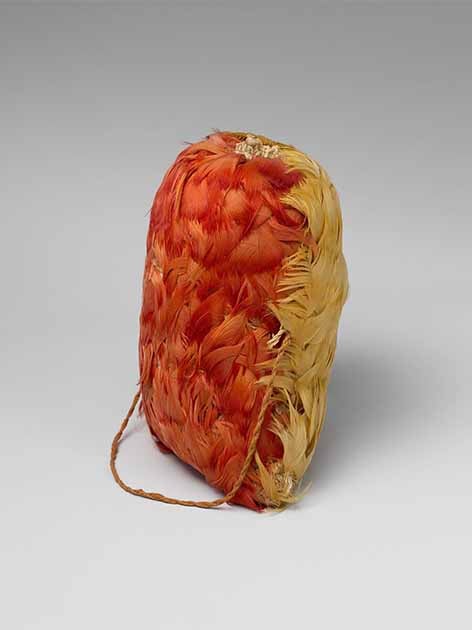
An Inca handbag made of cotton and feathers, 15th – early 16th century, Peru. ( Metropolitan Museum of Art / Public Domain)

Inca headdress made of hair, cloth, and feathers depicting a sea creature motif. Produced 1400 – 1532 AD. Excavated from Huacho, Peru. ( Trustees of the British Museum / CC by SA 4.0)
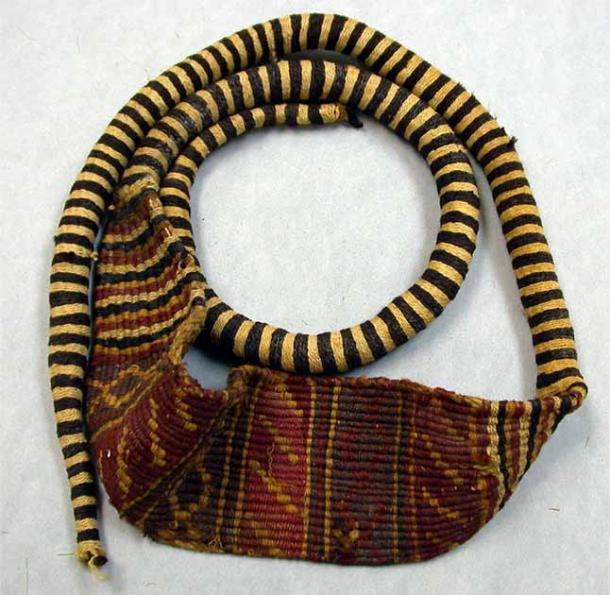
An Inca baby sling made from camelid hair, 1450 – 1532 AD, Peru ( Metropolitan Museum of Art / Public Domain)
- The Inca Empire: What Made it so Powerful?
- Inti, Sun God of the Inca, Spawned the First Rulers of An Unforgettable Empire
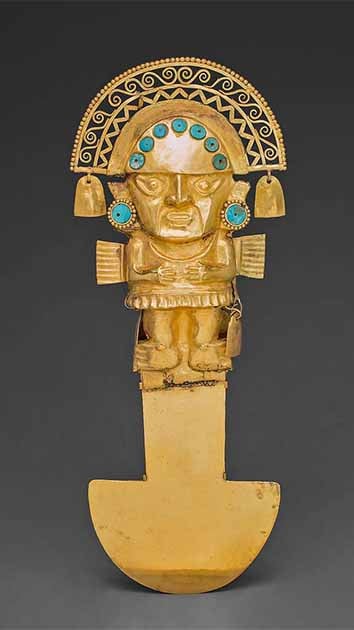
An Inca ceremonial knife ( Tumi), used to carry out sacrifices and surgeries. Public Domain
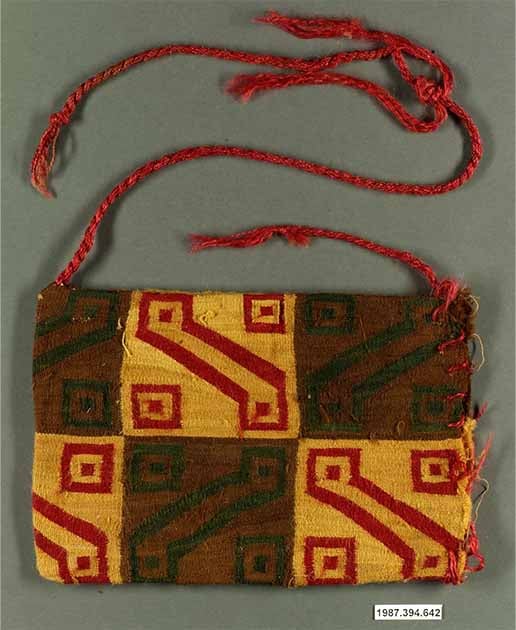
An Inca handbag made of camelid hair and cotton, 15th–16th century, Peru. ( Metropolitan Museum of Art / Public Domain)
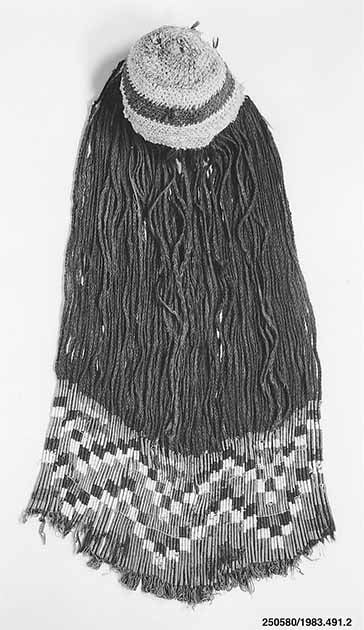
An Inca cap woven with human and camelid hair, 14th–16th century, Peru. ( Metropolitan Museum of Art / Public Domain)
- By the Cut of a Tumi: An Iconic Ceremonial Artifact of Ancient Peru
- The Battle of Cajamarca – The Conquest of the Spanish and the End of the Inca Empire
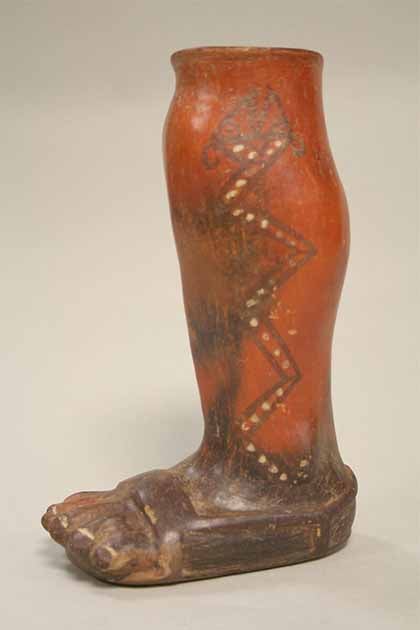
An Inca vessel in the shape of a leg, 15th–16th century, Peru. ( Metropolitan Museum of Art / Public Domain)
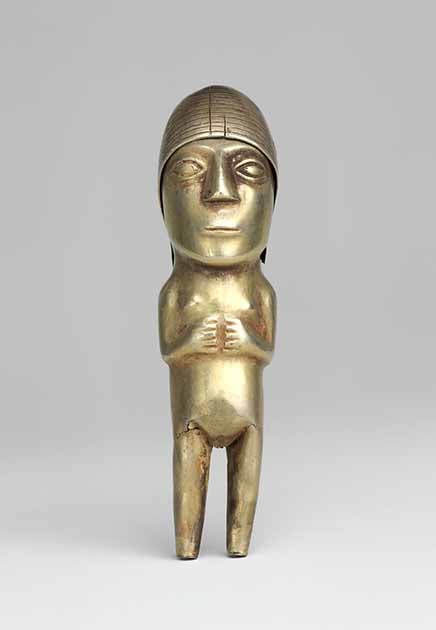
Inca female figurine made of gold and silver, 1400–1533 AD. The details of the figurine would have been hammered into the metal sheet before the figure itself was fully formed. ( Metropolitan Museum of Art / Public Domain)
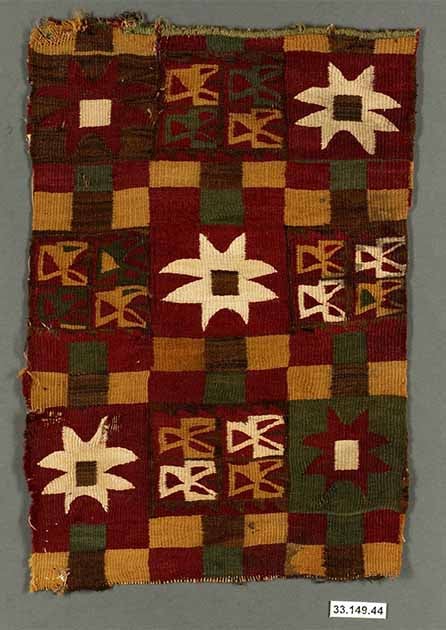
Inca tapestry panel with stars, made with camelid hair and cotton, 15th–16th century, Peru. ( Metropolitan Museum of Art / Public Domain)

A cotton quipu with knotted cords, 1430-1530 AD. Excavated from Pacasmayo Valley, Peru ( Trustees of the British Museum / CC by SA 4.0). Quipus were recording devices used by the Inca to aid in monitoring tax obligations, collecting census records, providing calendrical information, and military organization. The cords contained numeric and other values encoded by knots in a base ten positional system.
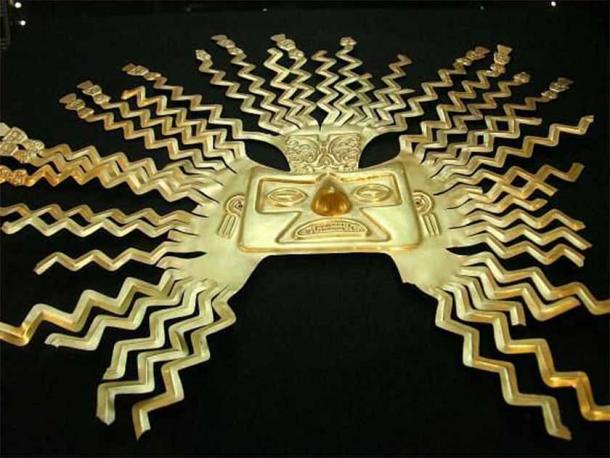
An Inca gold mask representing the sun god Inti from the La Tolita part of the Inca empire. (Andrew Howe / CC by SA)
Top image: Gold Inca mask. Source: Carlos Santa Maria / Adobe Stock
By Joanna Gillan





